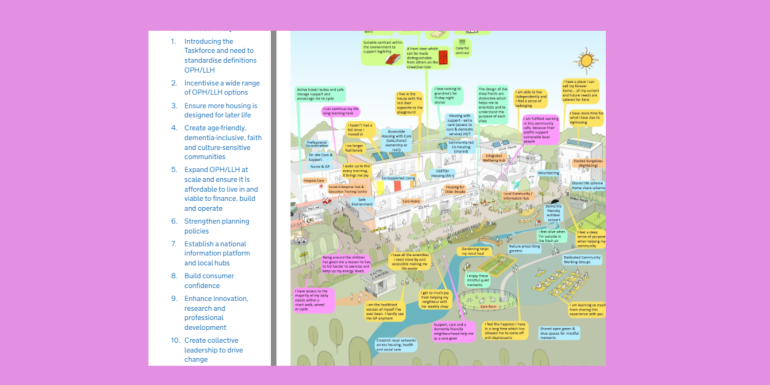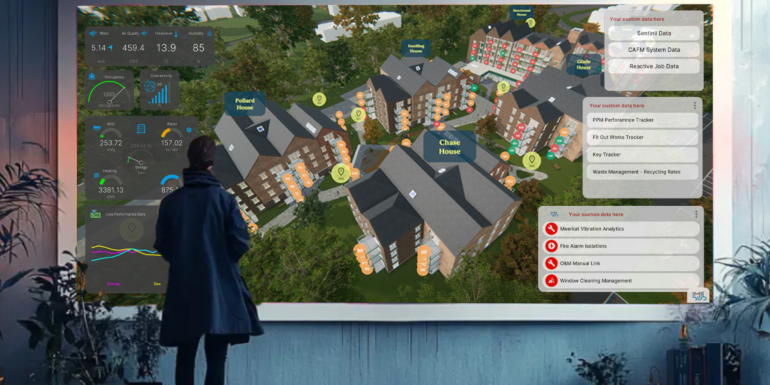Attracting fresh capital is high on the agenda for Integrated Retirement Communities (IRCs) in 2023. It is key for those searching for new investors to be able to show a clear business case, a recognisable product and an income model that supports the investment.
When Build to Rent (BTR) first appeared in the UK, the sector came together to help investors understand the opportunity. A development only built for rental purposes, to deal with a targeted demographic, in which the occupiers receive a better than usual quality of living due to shared services were on offer through economies of scale.
With greater interest than ever from investors wanting to diversify their portfolios, can the IRC sector look to the lessons of BTR to harness new capital?
The business case
As demonstrated in the Mayhew Review, published in November 2022, the business case for senior housing is undeniable. This has been recognised by Government with its commitment to establish the Older People's Housing Task Force.
The product
IRCs are an easy sell when it comes to the underlying product. Local authorities are under huge pressure to provide more housing and social care. Comparisons can be drawn with the BTR sector's challenge to help local authorities understand their offering and the role it could play in urban planning.
There are additionally opportunities to imbed ESG into IRCs, which is a highly persuasive factor for investors. The work of existing players within the sector and that of ARCO to define IRCs has significantly helped policy makers with understanding the product. This work continues as a collective effort, much as investors into and operators of BTR schemes needed to do.
The BTR model
BTR investment hit record highs in recent years. The model is short-term rentals with in-house services, flexible to meet individual requirements depending on the scheme. Rental periods are one to three years, but existing occupiers are prioritised over new meaning that BTR units can become "home". Rental agreements are personal to each occupier, so they can be kept up-to-date reflective of changing needs with refitting and marketing remaining an operator cost.
Parallels?
The success of BTR in the UK is down to the vision of its operators and investors, who set out to define the need, the product and investor model. The IRC sector can take inspiration from this success. There are also lessons to be learnt in the value to investors and end users of a variety of available tenures.
Whilst the trend undeniably continues in the seniors space with a preference for owning property, 'generation rent' will become tomorrow's seniors. For people who have rented throughout their lives, continuing to rent into their retirement and beyond, renting would be an obvious (and potentially only viable) step. BTR has shown the viability of such a model for certain parts of society and the investor pool alike.





